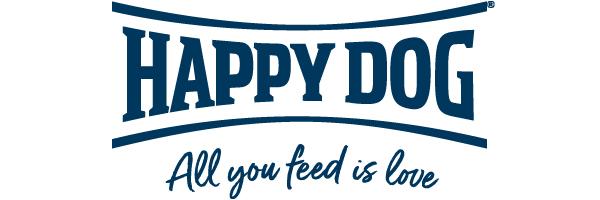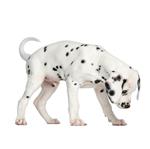Diabetes is an endocrine disorder which can be caused by both genetic and environmental factors. It's a complex syndrome which usually consists of a limited effect of insulin (resistance of insulin) combined with an insufficiency of β- cells (cells in the pancreas producing insulin). Obese and older dogs are more likely to get diabetes.
Dog Diabetes Can be Managed with the Right Food
In a lot of cases, especially if it is detected at an early stage, diabetes can be managed with the right food. This should contain a small content of carbohydrates or a big part of them being replaced by special crude fibres. The crude fibres slow down the voiding of the stomach and the absorption of nutrients in the intestine. Therefore, glucose (a sugar molecule) is released slowly into the blood stream.
Insulin for Diabetic Dogs
In severe cases, a special diet might not be enough to control diabetes. In these cases, regular insulin injections might be necessary (your vet will certainly be able to inform you more about this). It is very important for a diabetic dog to be fed at the same times every day (especially when it gets injected with insulin) to manage the release of insulin as consistent as possible. Otherwise, it is at risk of hypoglycaemia or hyperglycaemia, both of which can cause severe health problems.
Happy Dog Foods for Diabetic Dogs
Happy Dog offers the
Happy Dog Supreme Light Calorie Control as an option for diabetic dogs. It has a low carbohydrate content and a high crude fibre content (13%). Therefore, it is an ideal diet for diabetic dogs. © Dr. med. vet C. Mederle







